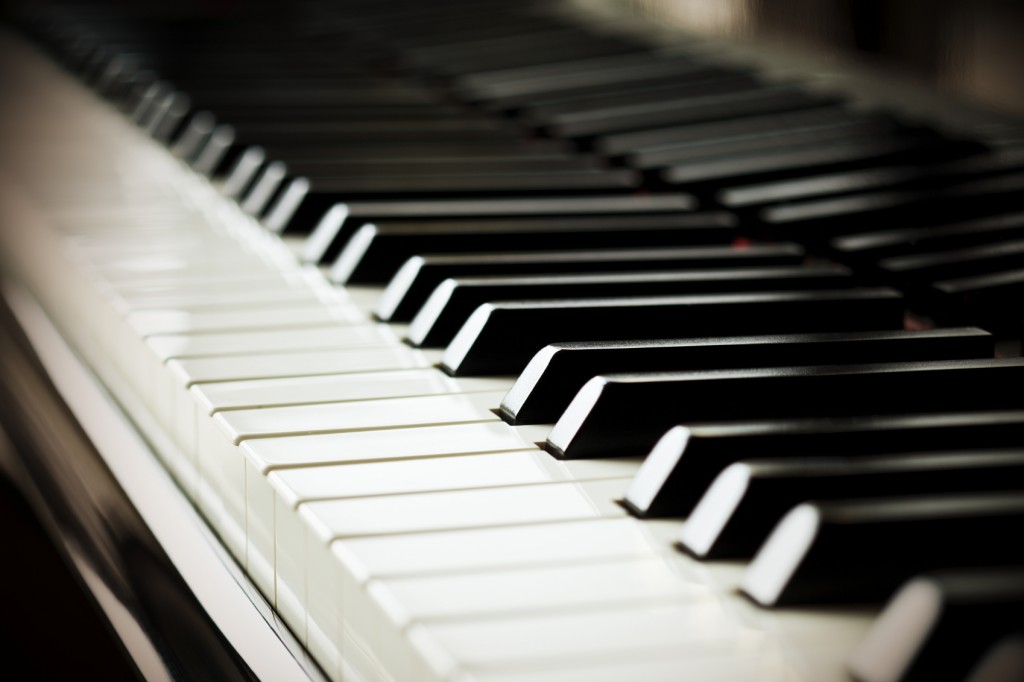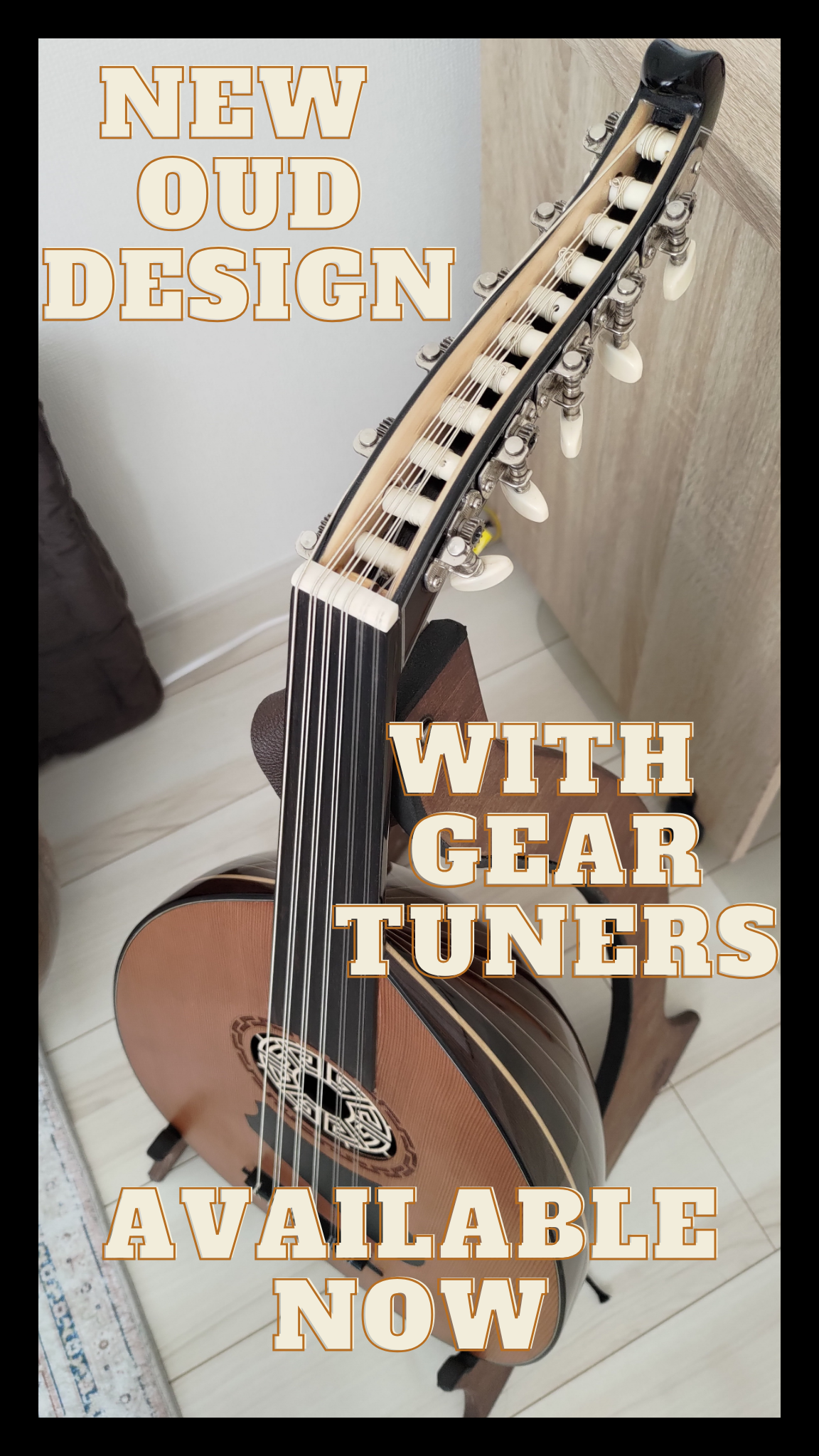 Did you know Pianos are intentionally tuned “out of tune”? Yes it’s true. Modern Pianos are all tuned using a system called “Equal Temperament”. In fact, you can’t use your ear to tune a Piano in equal temperament because our ears don’t hear notes in this manner. Piano tuners use a device and they need to know how much each note needs to be “out of tune” in order to tune a Piano. Isn’t that strange?
Did you know Pianos are intentionally tuned “out of tune”? Yes it’s true. Modern Pianos are all tuned using a system called “Equal Temperament”. In fact, you can’t use your ear to tune a Piano in equal temperament because our ears don’t hear notes in this manner. Piano tuners use a device and they need to know how much each note needs to be “out of tune” in order to tune a Piano. Isn’t that strange?
What is equal temperament?
Equal Temperament is a modern way of taking a spectrum of sound frequencies, and dividing them up so that each pitch or frequency is an equal “distance” from the next semi-tone. For a full technical definition, go to Wikipedia.
Let’s start by imagine playing a note C and playing a 5th note above that C which is G. If you tune that by your ear, it will sound in tune to you. Listen:
As people started to use more complex instruments with more octaves, like Organs, Harpsichords, and Pianos, they realized they would run into some problems while using their ear to tune. Some notes were just not sounding right in relationship to others.
If you now take that G and tune another string 5 notes above it which is D, and then you tuned another string 5 notes above D you get an A, if you keep doing this all the way A to E, E to B, B to F#, F# to C#, C# to Ab, Ab to Eb, Eb to Bb, Bb to F, F to C. What do you think happens? The last C we tuned 7 octaves higher than the first C we started on should sound exactly the same as the C we started with right? It turns out it doesn’t… The last C in the sequence will actually be a little bit sharper than the first C we started out with. How does that work?
This can also be expressed mathematically:
Notes can be expressed a numbers, as in frequency. The standard frequency that we measure the Note “A4” is 44o Hz (A4 refers to the note A located on the treble clef staff). A5 which is an octave above A4 measures at 880 Hz. So we can describe this as a fraction: 440/880. You can also express it as a ratio: 440:880, or 1:2. Pick up your Oud and play any open string, then put your finger exactly in the middle of the string and play it, it should sound the same note exactly one octave higher than the open string.
You have just divided the string into 2 parts, in other words, a string double the length of another string will sound one octave lower. The octave is expressed as a ratio of 2:1. A perfect 5th can be expressed in the ratio 3:2.
It is pretty common sense that musicians want notes that are a perfect octave apart to sound the same, as in 2:1. 2:1 is a perfect octave, as in it sounds perfectly in tune to the ear. If we take 7 octaves in ratios and multiply them together and compare them to 7 octaves in 12 ratios of 5ths, this is what happens…
2/1 X 2/1 X 2/1 X 2/1 X 2/1 X 2/1 X 2/1 = 128.00
But this is what happens when we take the ratio 3:2 which is a perfect 5th and multiply it…
3/2 X 3/2 X 3/2 X 3/2 X 3/2 X 3/2 X 3/2 X 3/2 X 3/2 X 3/2 X 3/2 X 3/2 = 129.746
129.746 vs 128.00. This means that the whole length of this frequency spectrum is longer than the other. The highest C note in the spectrum is going to be a little bit sharper than the C we began with…
(Most of this is directly from Ross W. Duffin’s book How equal Temperament Ruined Harmony. Most of this can be learned in 1st year music theory at any University. I am summarizing very poorly some snippets from his book, and also math. It is a short book about historical temperaments and he offers his views on the whole issue. I would recommend it for anyone who wants a better understanding of this.)
If the math doesn’t make sense then maybe an image will help.
Below is a very simplified description of the difference in frequency spectrum would look like. The top line is what perfect octaves look like, in other words each C in a different octave sounds perfectly in tune with the rest, and the bottom line are the perfect 5ths.
C—–C—–C—–C—–C—–C—–C
C—————————————-C
The bottom line is longer than the top one. When we tune strings a perfect 5th note interval between each string over 13 different strings then the last C is sharp. So when we tune the rest of the Piano which is 7 octaves to those perfect 5ths that we created using our ear to tune, we get a Piano in which some Key signatures sound in tune and others not so in tune.
It makes you wonder, why is nature like this? What does it all mean?
What happens for keyboard players when they tune their keyboards with their ears is they have to sacrifice the sound of certain scales over others. Some will just sound more in tune and others will sound less in tune. Because of the limitations of keyboard instruments, one way or another, a keyboard tuner has to “temper” some of the notes so that some scales sound the same. In equal temperament, all the scales average out the same, the distance between the notes are all the same. But you have to use a mathematical formula to produce it. There are other temperaments out there too. Before the 19th century, classical musicians used other temperaments on their keyboards, not equal temperament. These temperaments can also be called, “unequal temperaments”, because the distance between all the notes were not always the same. Below is what a scale would look like in equal temperament and the other in “Just Intonation”.
I I I I I I I I
I I I I I I I I
If you look closely, the bottom line doesn’t match up. This image in just to show you that equal temperament has an equal distance between notes, whereas unequal temperaments may have slight larger or smaller distances between notes.
Listen to some of Johann Sebastian Bach’s music in different temperaments. This is where you can really hear the differences between different scales.
Equal Temperament and Oud Music
The really exciting thing about unequal temperaments is that different scales are ACTUALLY DIFFERENT! This gives each scale a different colour and tone, and resonates differently. It gives more variation to the music. It is not just about playing “in tune” all the time, that’s impossible, “in tune” is a relative concept. The existence of quarter tones are a good example of that. The variation in different scales actually is the reason there was any modulation at all, and different key choices could create different feelings. Now it all makes sense. Perhaps this is also a hint to why in Arabic music the Maqam Hijaz Kar goes by different names when played in different Keys. When modulating they probably needed some way to classify these changes, and so they gave an identical scale a different name. They also sound different on the Oud.
Essentially what equal temperament does that our ears DO NOT like is that it forces perfect 5ths to be ever so slightly flatter. It is subtle, and is almost imperceptible to even a well-trained ear. It also makes perfect major 3rd note intervals sharper than our ear wants them to be, and makes minor 3rd note intervals flatter than our ears want to hear them. In the end, Pianos are always very imperceptibly out of tune. Nowadays, we are so accustomed to hearing equal temperament music, that we may not even know the difference. But many Guitar players might remember a time when they just could not get their Guitar to sound “good”, or “in tune” using their ears. It might have been because your ear naturally wanted to hear more harmonious major 3rds. Particularly between the top 3rd and 2nd notes on the Guitar, G to B. You could get the open strings in tune, but once you played a chord with those strings, something just didn’t sound right.
It is the same for Guitar players. Guitar players are bound by the frets on the fret board. These days, all guitars are in equal temperament. In fact, all fretted instruments must adhere to SOME kind of temperament. There are now guitars being made that are using what has been termed, “True Temperament”. These guitars are in equal temperament, but a “truer” equal temperament than other normal guitars. The frets on these guitars are not straight, but they are curved in many different shapes. Check out this one!
What intonation should you use as an Oud player? What intonation do other Oud players use? The beauty of the Oud is that you can play whatever pleases your ear. But because it is ultimately a fretless instrument, your ear will determine what note you play. If you happen to be playing with a guitar, you might have to play the guitar player’s notes. In Persian music, the quarter notes we use tend to be flatter than quarter notes in Turkish and Arabic music. So an Oud player playing Persian music would play differently than they would play a different type of music. The same goes for each individual Oud player, some Oud players will play their notes one way or another, flatter or sharper, it doesn’t matter, as long as it is intentional and correct for the music they are playing.
When I play something close to Maqam Hijaz, sometimes I play certain notes flatter or sharper, it really depends on the colour and mood that I want to create in the music. If I want to make it sound Persian I flatten the E quarter flat, and try to play a perfect major F# in relation to open D.
After reading this article, the main thing I want you to gather from it is that equal temperament is a man made phenomenon. It does not conform to real harmony in nature, but it does have some advantages. Fortunately for Oud players, Oud music does not require us to play any harmony. So next week, I will discuss how to play chords on the Oud. I never use chords much on the Oud, but I thought it would make a cool video, so I will demonstrate some. Let’s see how well I do…
For more information check out “How Equal Temperament Ruined Harmony” by Ross W. Duffin.
Photo Credit: http://www.manuel-music.com/lessons/piano-lessons/






Just got my oud. I am very interested in learning about this 1/4 note phenomenon. Your article was very interesting and I thank you.
The piece you did with the chords was also very good. I wish you had written the chord names on a chalk board or something so I could identify them in my photos.
Thanks again for your generosity with all you know,
Alf
Hi Alf, thanks for your comments. Happy you are enjoying the posts. I’m always interested to know where people get their oud from. Where did you get yours?
Nice article. I am actually a singer/pianist, but your comments on tuning relative to guitars/oud are interesting. I tune my piano to a 19th century tuning so I can enjoy the different colours of the various keys. Equal temperament is boring.
That’s cool and very bold to tune your piano differently.
Important correction, equal temperament CAN be tuned by ear, as it has been traditionally done by piano tuners in past, aswell novadays. I’m in piano technician school and we’re in fact taught to aural tuning technique, and I can already after almost year to tune very well equal tempered piano, by ear. Nice article neverthless.